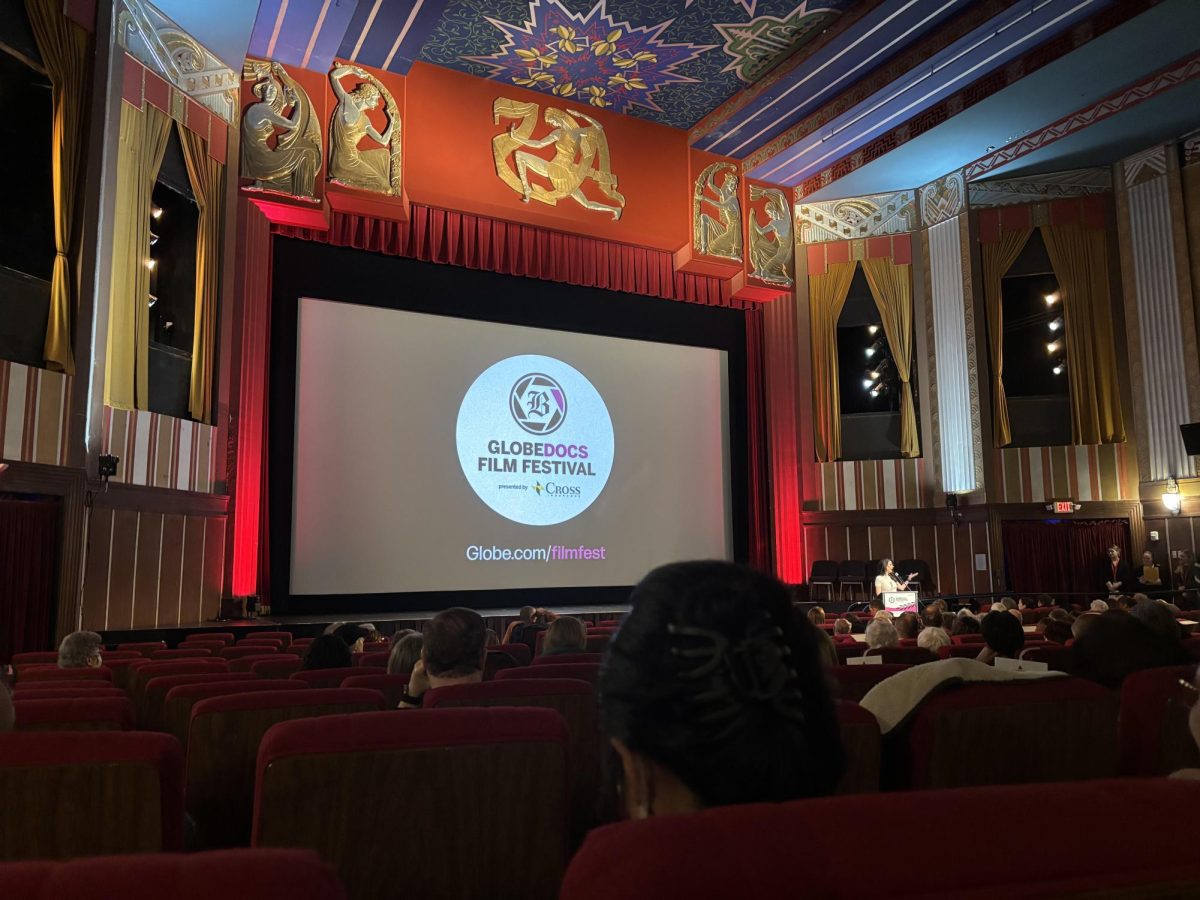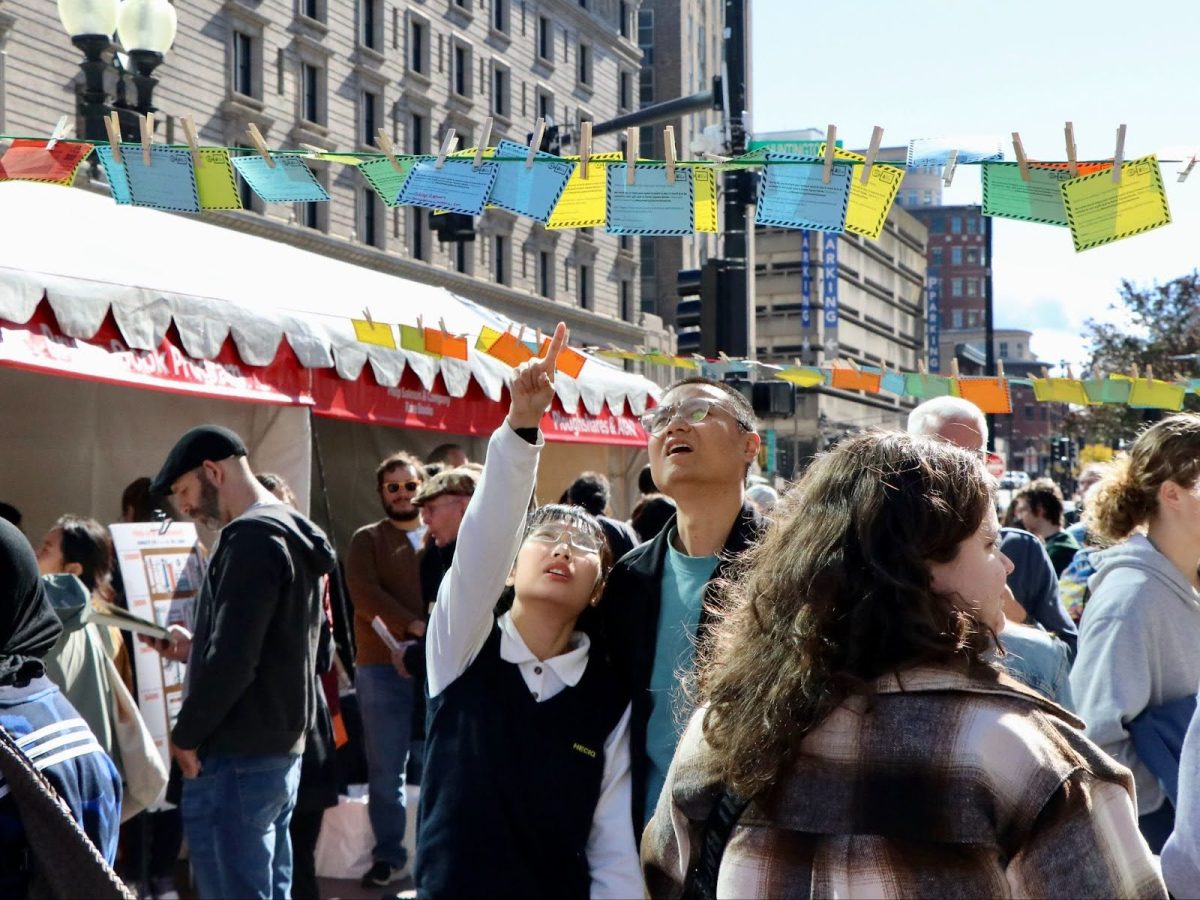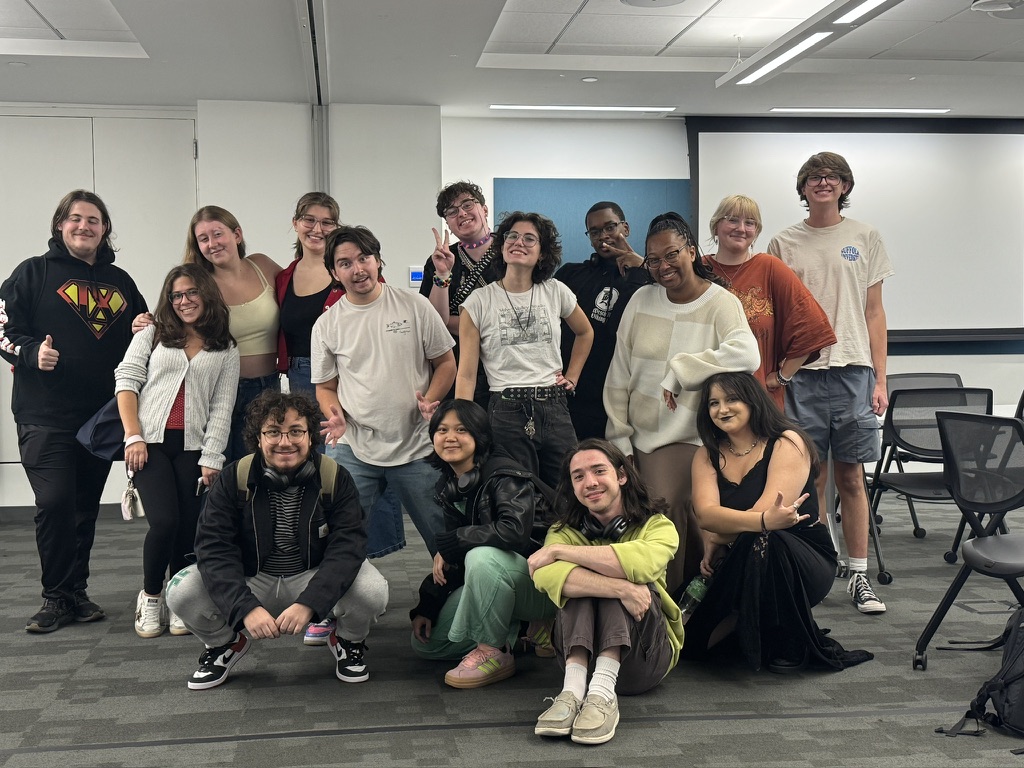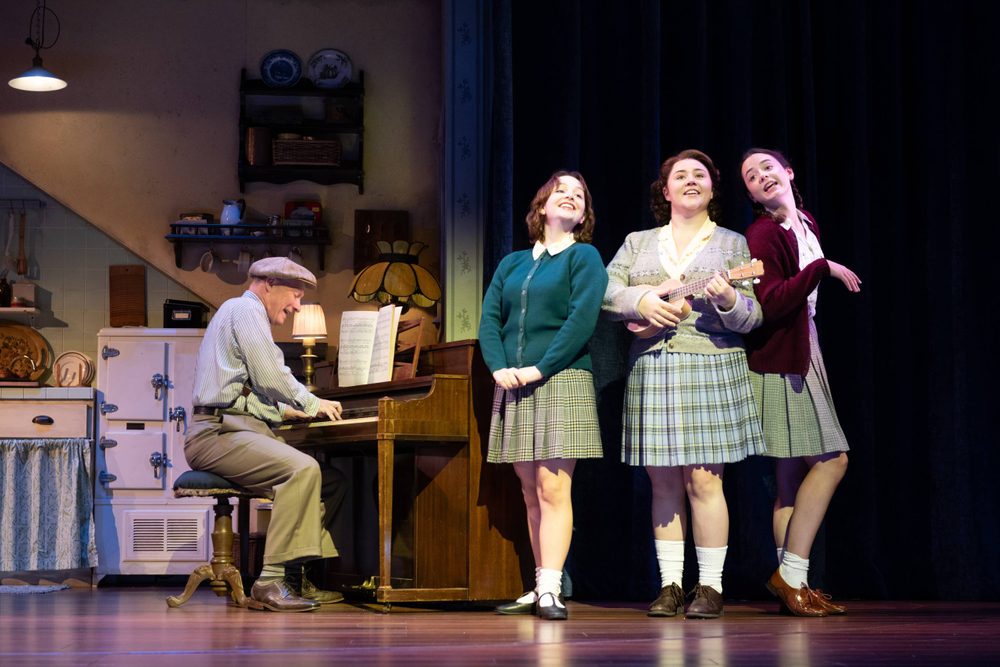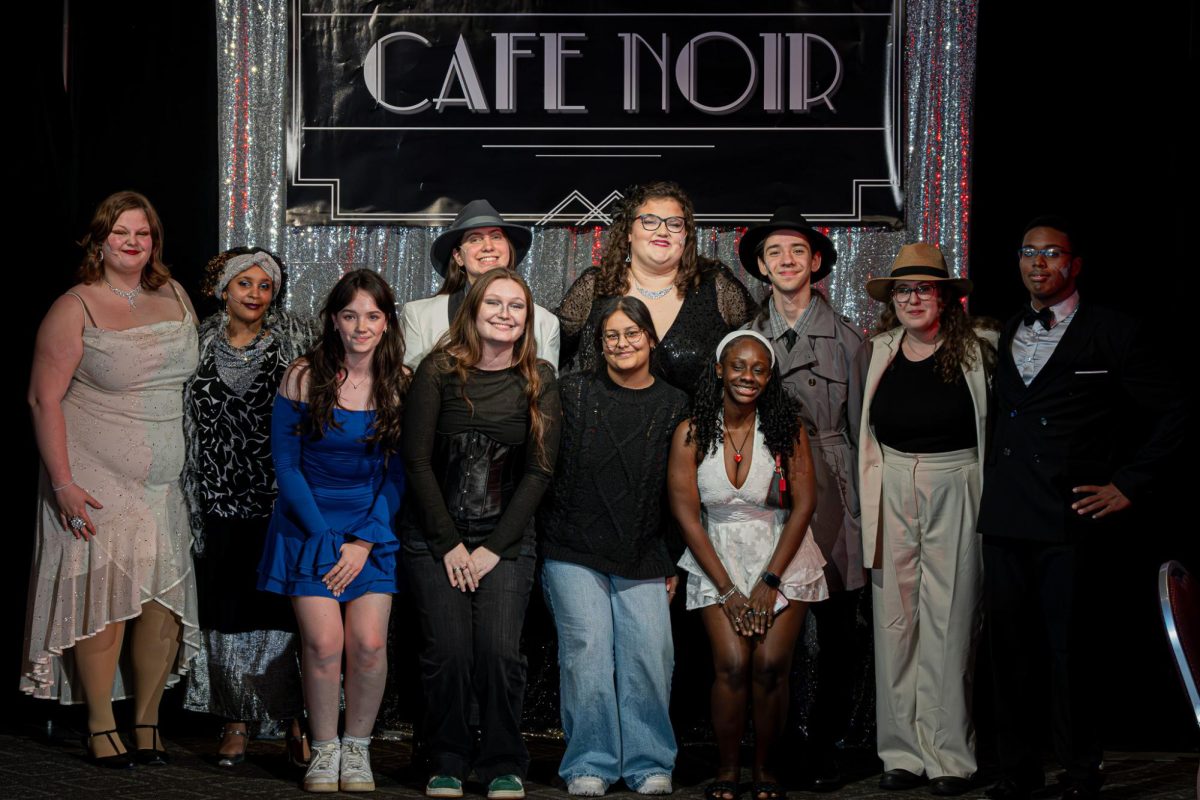In a dramatic realization of the future regarding the current political climate and the threat to the American people as well as those within the U.S. borders, the American Repertory Theater (A.R.T.) hosted a phenomenal exploration into the questions of the Trump campaign promises with “Building the Wall.”
In this dystopian society, “The Wall” is not a brick and mortar wall frequently depicted in political rhetoric today, but a wall of private prisons used by the government to hold immigrants who are up for deportation. In this reality, the government’s response to the sheer number of people who are eligible for deportation, is to begin executing the immigrants they are unable to accommodate waiting to leave the country, resulting in the death of 25,000 to 27,000 people.
The play consisted of two actors, both sitting in a reading-style context. The character of Rick, played by Lee Sellars, represents a white, male, Christian supporter of Trump. While working in the private prison system which becomes the home of “The Wall,” Rick finds himself in prison as he becomes responsible for the death of more than 25,000 deportees.
Rick is being interviewed by Gloria, a black female professor played by Yvette Ganier, who wants to get Rick’s opinion as he finds himself in the middle of a humanitarian crisis. Rick represents the scapegoat of a series of choices made by both himself and his superiors, of innocent intention on his part, that lead up to a horrifying consequence.
“The play is a warning,” said Schenkkan in an email exchange with The Suffolk Journal. “I hope the play incites good serious conversation among audience members and results in their being much more involved in politics, both local and national.”
After the play, the actors were dismissed and then a panel took the stage, where playwright Rick Schenkkan was joined by moderator director A.R.T. of Human Rights Professor of History and Literature Timothy Patrick McCarthy, the moderator of the event, alongside the Terrie and Bradley Bloom artistic director in the american repertory theater, Diane Paulus and the director of programs of the Phillips Brooks House Association, Matias Ramos located at Harvard University.
Ramos, an advocate for the rights of immigrants and co-founder of the national United We Dream Network, emphasized the role of Rick. Ramos explained in a question and answer panel following the reading, how Rick as a character can be related to supporters of the current executive administration both before and after the election.
“Rick represents the crisis of identity of white people,” said Ramos to the crowd. “Anyone and any person is entitled to be proud of their heritage and background. We are losing that to a political identity that seeks to alienate others.”
Paulua, an acclaimed director and artist, stressed the need for reaction from the artistic community on the political climate, in order for the people’s voice to be heard and shared.
“I think the idea of responding to the moment we live in is vital,” said Paulua during the panel. “We who run arts are always paralyzed on how to react and how to react quick enough.”
Schenkkan deems public intervention as critical to both the prevention of the reality he illustrates in “Building a Wall” as well as what he hopes to convey to those who want to become involved with the opposition.
“Be aware and take action. It’s important to be awake and take action. Hope is a political statement. Hope is resistance.”
“Building The Wall” was published in 2017 by Arcade Publishing which includes an afterword by McCarthy. The book is currently for sale online at Amazon.com as well as in many local bookstores.








